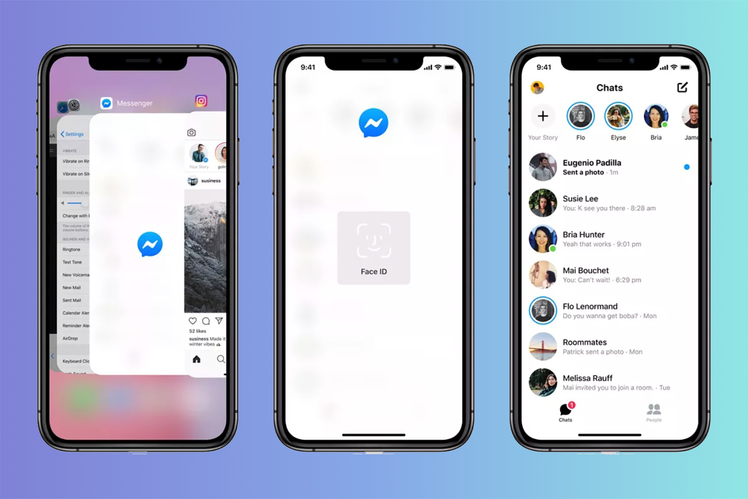
Do you want to be extra sure that no one is peeping your Facebook Messenger chats when you’re away from your iPhone or iPad? Well, now Facebook lets you enable an extra layer of security. The app itself can be locked down when you close it, requiring you to use Face ID or Touch ID to open it back up.
Here’s everything you need to know about this new privacy feature, including how to enable it on your mobile device.
How to lock the Facebook Messenger app on your device
Have you ever been in a situation where you unlocked your phone and let a friend or family member borrow it, and immediately regretted that decision, fearing the person would be able to access your Facebook Messenger chats?
That’s now an issue of the past.
Facebook is introducing a new feature, technically called App Lock, for iPhone and iPad users. Keep in mind that you have to set up a face or fingerprint ID and passcode on your mobile device before the app lock can work – check out Apple’s support page for help. Once you have either authentication method set up, you can immediately enable it for use in the Facebook Messenger app. To turn the app lock on or off for Messenger:
iPhone and iPad
- Open the latest version of the Facebook Messenger app.
- Tap your profile picture in the top left.
- Tap Privacy > App Lock.
- Tap Require Face ID or Require Touch ID to turn on and off.
- Select when to lock Messenger after leaving the app.
When you want to respond to messages or calls from Messenger, tap on the notification, and then the app lock will ask for your fingerprint or Face ID. You can still see message notifications and calls from Messenger when it’s locked, though you can turn off previews for Messenger. You can also set up your device to let you reply to locked notifications without providing an ID.
Is App Lock coming to Facebook Messenger for Android?
App Lock is supposed to come to Android in “the next few months” – allowing Android users to lock their chats behind an authentication method.
